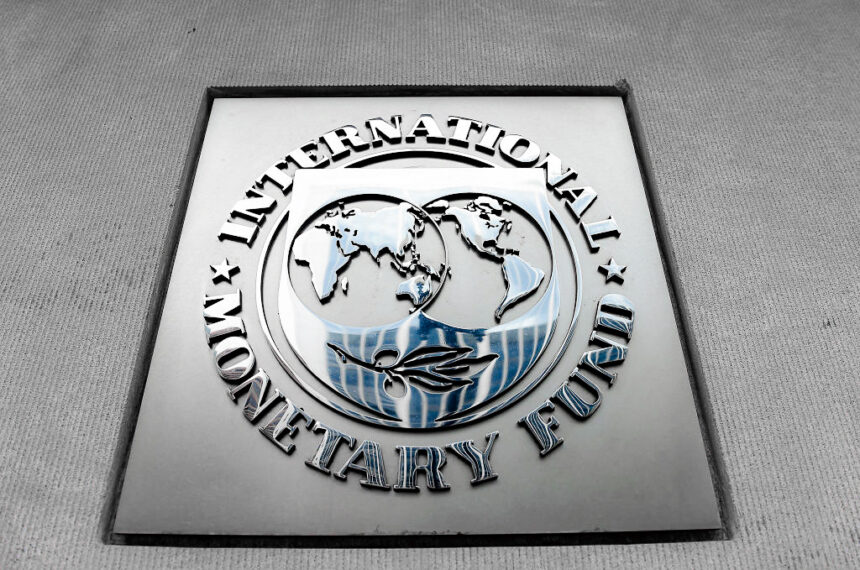Australia is set to have the second-highest inflation rate among advanced economies next year, according to projections from the International Monetary Fund (IMF). Despite a global decrease in inflation in many countries, Australia faces unique economic challenges that will see its inflation rate rise to 3.6 percent by the end of 2025. This places Australia in contrast to other advanced economies like the US, UK, and EU, where inflation has been decreasing steadily. The IMF notes that while most countries have stabilized their inflation rates, Australia remains an outlier with its higher inflation projections.
Australia’s inflation rate was 3.8 percent in the June quarter and is forecasted to temporarily drop to 3 percent by the end of this year due to short-term government relief measures. However, it is expected to rise again as these measures fade away. The Reserve Bank of Australia has also downgraded Australia’s growth outlook for this year to 1.2 percent, reflecting both domestic and global economic factors.
Australia’s approach to inflation control has been more measured compared to other nations, prioritizing maintaining employment levels. Treasurer Jim Chalmers emphasizes the importance of balancing inflation control with job protection. Despite the challenges, Australia has managed to avoid significant job losses due to aggressive inflation control policies.
Temporary relief measures such as government interventions and tax cuts have helped ease the cost-of-living crisis in Australia. However, these measures are set to expire by mid-2025, leading to a projected rise in inflation to 3.6 percent by the year’s end. Treasurer Chalmers will be engaging in high-level meetings in Washington to discuss global economic trends and Australia’s economic resilience in the face of higher inflation rates.
The Reserve Bank of Australia has delayed expectations for interest rate cuts, citing caution in monetary policy despite high inflation levels. Australia’s strong labor market has remained resilient, with an unemployment rate expected to only slightly increase to 4.4 percent by 2025, showcasing its stability compared to other developed economies. Please rewrite this sentence.
Source link





